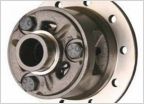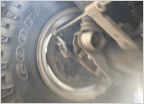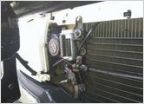-
Welcome to Tacoma World!
You are currently viewing as a guest! To get full-access, you need to register for a FREE account.
As a registered member, you’ll be able to:- Participate in all Tacoma discussion topics
- Communicate privately with other Tacoma owners from around the world
- Post your own photos in our Members Gallery
- Access all special features of the site
EGR - to delete or not delete, plus what happens (if anything) after its removed?
Discussion in '1st Gen. Tacomas (1995-2004)' started by keakar, Mar 9, 2015.
Page 2 of 5
Page 2 of 5


 1st Gen Wire Harness Depinning Tool for Sumitomo Connectors
1st Gen Wire Harness Depinning Tool for Sumitomo Connectors Lunchbox lockers
Lunchbox lockers 03 Tacoma 4x4 Rear Shock Lower Bolt
03 Tacoma 4x4 Rear Shock Lower Bolt DIY Magnetic iPhone Mount with Wireless Charging
DIY Magnetic iPhone Mount with Wireless Charging Stebel Nautilus Compact Horn Install - 1st Generation
Stebel Nautilus Compact Horn Install - 1st Generation










































































